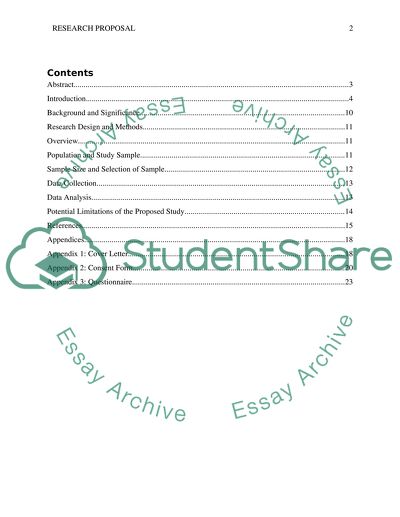Cite this document
(“The Determination of the Causes of Violence Perpetrated by Students Research Proposal”, n.d.)
The Determination of the Causes of Violence Perpetrated by Students Research Proposal. Retrieved from https://studentshare.org/education/1653082-the-determination-of-the-causes-of-violence-perpetrated-by-students
The Determination of the Causes of Violence Perpetrated by Students Research Proposal. Retrieved from https://studentshare.org/education/1653082-the-determination-of-the-causes-of-violence-perpetrated-by-students
(The Determination of the Causes of Violence Perpetrated by Students Research Proposal)
The Determination of the Causes of Violence Perpetrated by Students Research Proposal. https://studentshare.org/education/1653082-the-determination-of-the-causes-of-violence-perpetrated-by-students.
The Determination of the Causes of Violence Perpetrated by Students Research Proposal. https://studentshare.org/education/1653082-the-determination-of-the-causes-of-violence-perpetrated-by-students.
“The Determination of the Causes of Violence Perpetrated by Students Research Proposal”, n.d. https://studentshare.org/education/1653082-the-determination-of-the-causes-of-violence-perpetrated-by-students.


